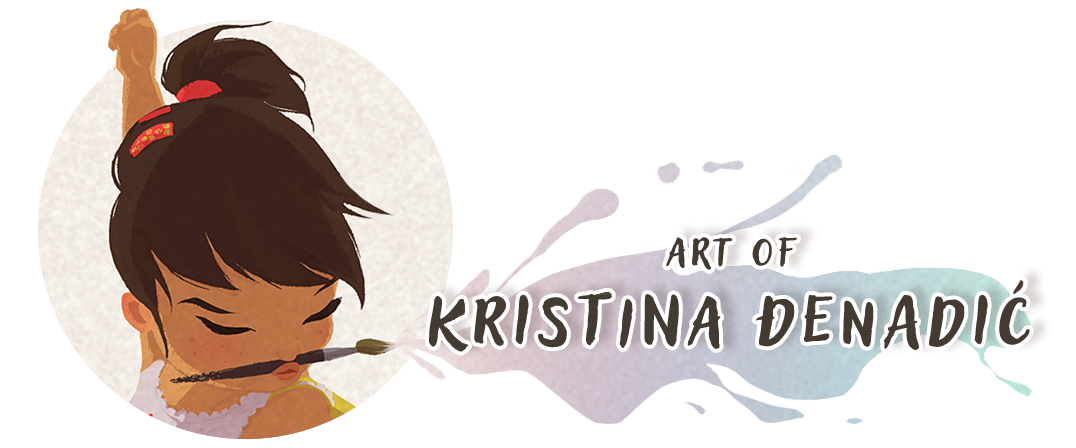STRUCTURING A CHILDREN'S BOOK
By following the next steps, a children's book can be effectively planned, designed, and prepared for printing, ensuring a polished and professional final product for the young audience.
1. MANUSCRIPT FINALIZATION, LAYOUT
- Story Manuscript: Ensure the manuscript is fully edited and finalized.
- Determine Book Size: Decide on the dimensions of the book (e.g., 8.5” x 11”).
- Page Count: Confirming the total number of pages, including front and back covers, end pages, copyright and title pages.
- Pagination And Sluglines: Breaking the manuscript into page-by-page segments (spreads), establishing where text will appear throughout the book and providing a framework for illustration planning and narrative flow.
- Illustration and Character Briefs: Preliminary draft of key scenes, character briefs, and visual/literary references drawn from relevant books, films, and animation for inspiration. The number and types of illustrations start evolving from here and can change multiple times during the project development.
- Determine Book Size: Decide on the dimensions of the book (e.g., 8.5” x 11”).
- Page Count: Confirming the total number of pages, including front and back covers, end pages, copyright and title pages.
- Pagination And Sluglines: Breaking the manuscript into page-by-page segments (spreads), establishing where text will appear throughout the book and providing a framework for illustration planning and narrative flow.
- Illustration and Character Briefs: Preliminary draft of key scenes, character briefs, and visual/literary references drawn from relevant books, films, and animation for inspiration. The number and types of illustrations start evolving from here and can change multiple times during the project development.
2. Layout, Storyboard & Character Design
- Storyboard Thumbnails: Sketching small, rough thumbnails of each spread to plan the flow of text and illustrations.
- Character design: The manuscript offers basic character details, while additional bios, created specifically for the illustrator, help ensure unique designs that reflect personality. Character design happens in three stages, with outfit colors potentially adjusted later in the book development process.
- Choosing Fonts and Styles: Selecting typography that complements the book’s theme and is readable for the target age group.
- Further Layout Development: The basic layout for each page, placing text boxes and placeholders for illustrations.
- Character design: The manuscript offers basic character details, while additional bios, created specifically for the illustrator, help ensure unique designs that reflect personality. Character design happens in three stages, with outfit colors potentially adjusted later in the book development process.
- Choosing Fonts and Styles: Selecting typography that complements the book’s theme and is readable for the target age group.
- Further Layout Development: The basic layout for each page, placing text boxes and placeholders for illustrations.
3. Dummy Book & COLOR KEYS
Dummy Book
A printed mock-up is created after the initial manuscript, pagination, and illustration plan are approved. The dummy serves as a critical checkpoint to assess story flow, visual rhythm, and page-turn dynamics. It helps determine whether the book is on the right track or requires structural adjustments before moving into final development. Due to copyright restrictions, I can’t share the dummies I worked on.
A printed mock-up is created after the initial manuscript, pagination, and illustration plan are approved. The dummy serves as a critical checkpoint to assess story flow, visual rhythm, and page-turn dynamics. It helps determine whether the book is on the right track or requires structural adjustments before moving into final development. Due to copyright restrictions, I can’t share the dummies I worked on.
Color Keys
Small, loose studies used to establish the color palette, lighting, and mood of each scene or spread.
Small, loose studies used to establish the color palette, lighting, and mood of each scene or spread.
5. Interior and Cover Illustration and Design
With sketches and color keys approved, we move into the final illustration phase, where all interior artwork is rendered at full resolution. The cover may feature a newly created illustration or an adapted interior image. Cover design is typically the final creative stage, completed once the book’s tone and visual style are fully established.
6. Book Design, Print Preparation & approval
Remaining steps toward publishing are:
- Selecting the final font
- Integrating illustrations and text, back cover blurb, copyright page text, biographies and dedication
- Proofreading and quality review
- Implementing feedback and final revisions
- Final layout approval
- Pre-press preparation (color profiles, bleed, trim, file export)
- Printer communication and file handoff (includes specifications, dielines, barcode placement, and paper/print preferences)
- Print dummy approval before full run
- Selecting the final font
- Integrating illustrations and text, back cover blurb, copyright page text, biographies and dedication
- Proofreading and quality review
- Implementing feedback and final revisions
- Final layout approval
- Pre-press preparation (color profiles, bleed, trim, file export)
- Printer communication and file handoff (includes specifications, dielines, barcode placement, and paper/print preferences)
- Print dummy approval before full run
